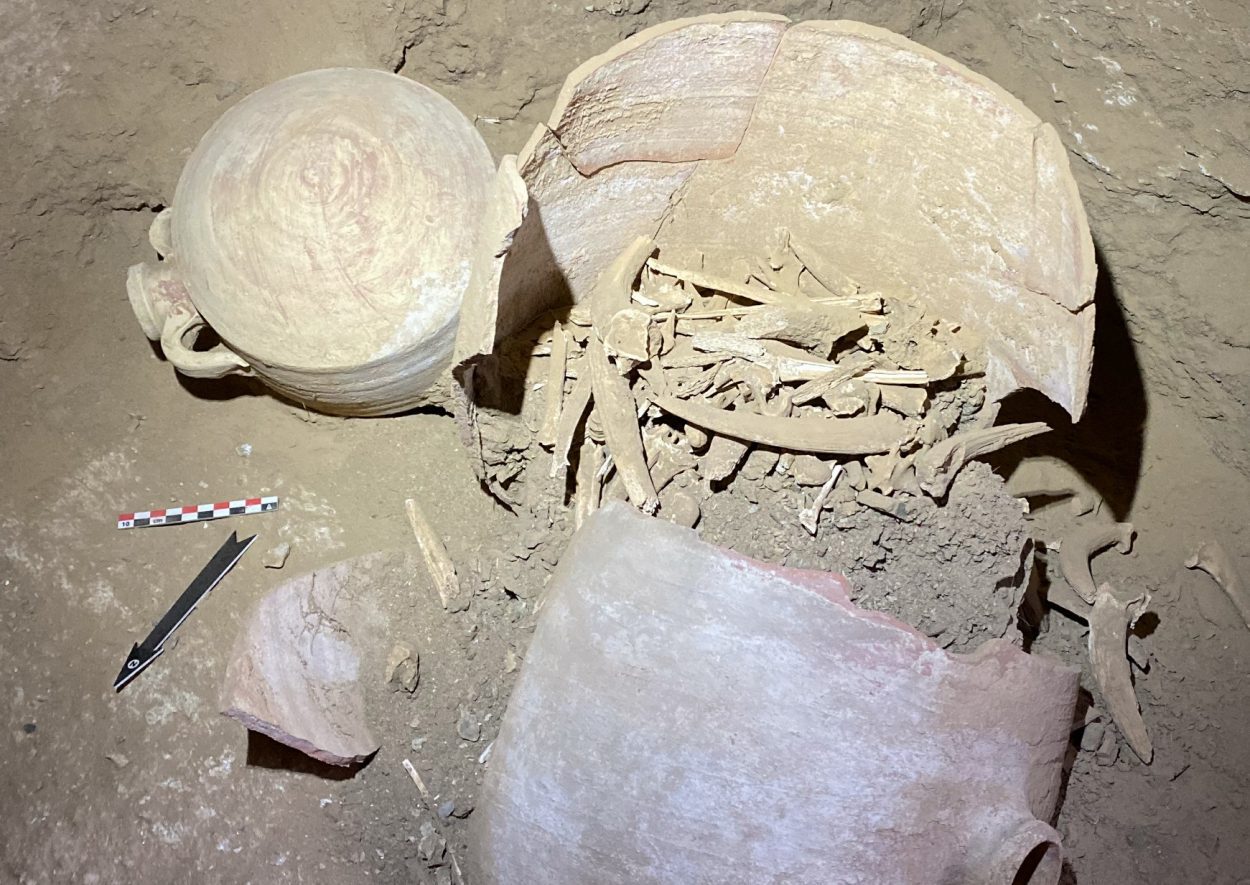Archaeologists from the Universitat Autònoma de Barcelona, in conjunction with the Polish Centre of Mediterranean Archaeology of the University of Warsaw, have been excavating the Roman site of Sikait in the Eastern Desert of Egypt.
The area was known in Antiquity as “Mons Smaragdus”, given that it was the only place within the Roman Empire where emeralds could be found.
The study suggests that the mines remained active under the control of the Blemmyes nomadic tribes as early as the 4th century AD and focuses on how emeralds were extracted and commercialised in Antiquity, in addition to the documented funerary rites, the social organisation of the inhabitants and workers, the typology of the mines as well as details on extraction methods.
The excavations correspond to the late Roman period from the 4th to the 6th centuries AD, and reveals that some of the buildings were occupied or even built by the Blemmyes tribes living in the area at the end of the 4th century AD.
The work conducted at the main temple of Sikait has allowed archaeologists to document two perfectly preserved ritual sanctuaries, one of which contained the last votive offerings to have been made intact between the 4th and 5th centuries AD. Researchers also excavated a building complex known as the Tripartite Building, which was probably used both as a residence and as a warehouse for the emeralds extracted from the mines.
Joan Oller Guzmán, lecturer at the UAB Department of Antiquity and Medieval Studies said: “The discovery confirms the relevance of religion and local rituals in the late period, and this suggests that the exploitation of the mines may have fallen into the hands of the Blemmyes during this time before the fall of the Roman Empire”.
For the first time, archaeologists were able to conduct a detailed topographic study of two primary mining sites, one of them consisting of hundreds of galleries and with a depth of more than 40 metres. The survey also allowed them to determine how work was structured inside the mines: large-scale mining only began once the most productive veins were identified.
These operations included logistical infrastructures such as small settlements, necropolises, ramps, paths, working areas and watchtowers. A demonstration of the complexity and intensity of the processes needed to extract beryl, the mineral from which emeralds are obtained.
Universitat Autònoma de Barcelona
Header Image Credit : Universitat Autònoma de Barcelona







